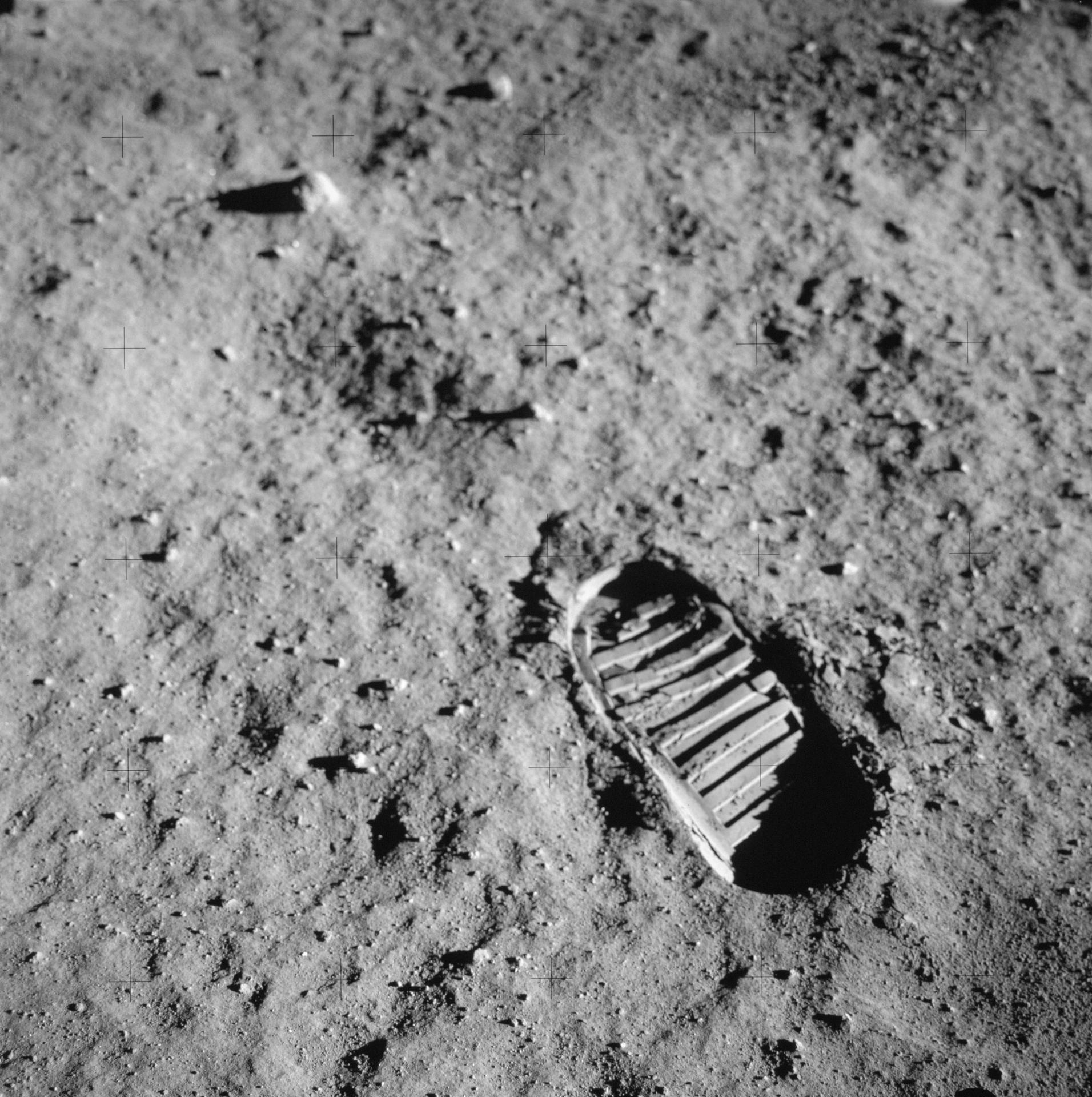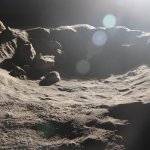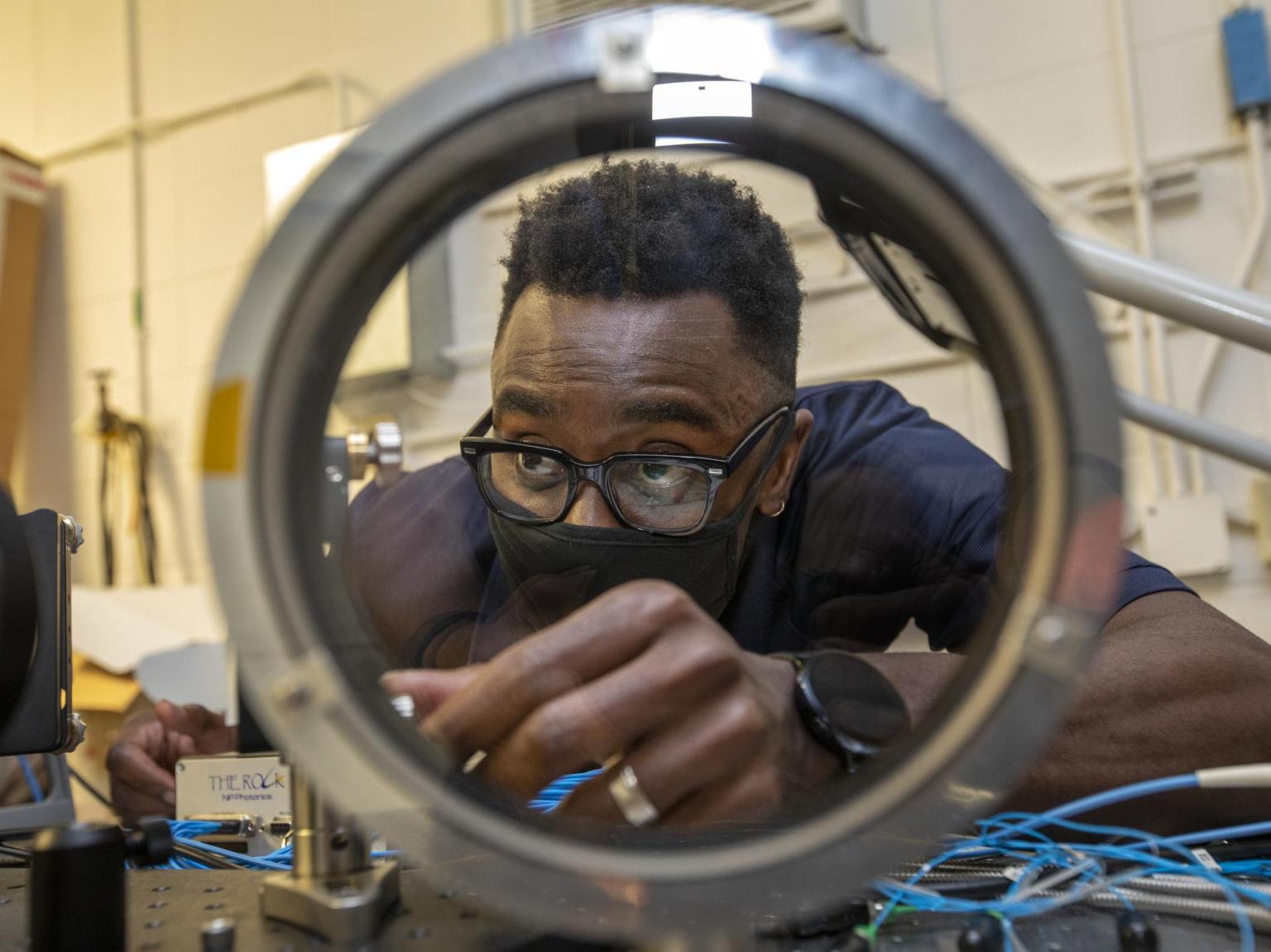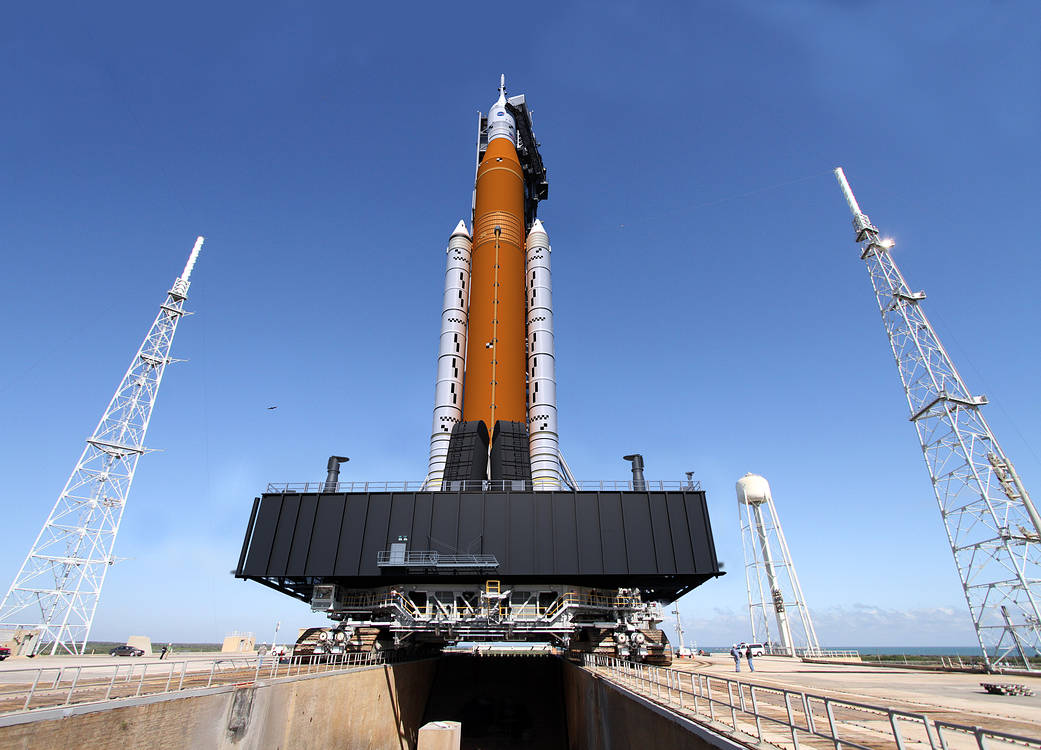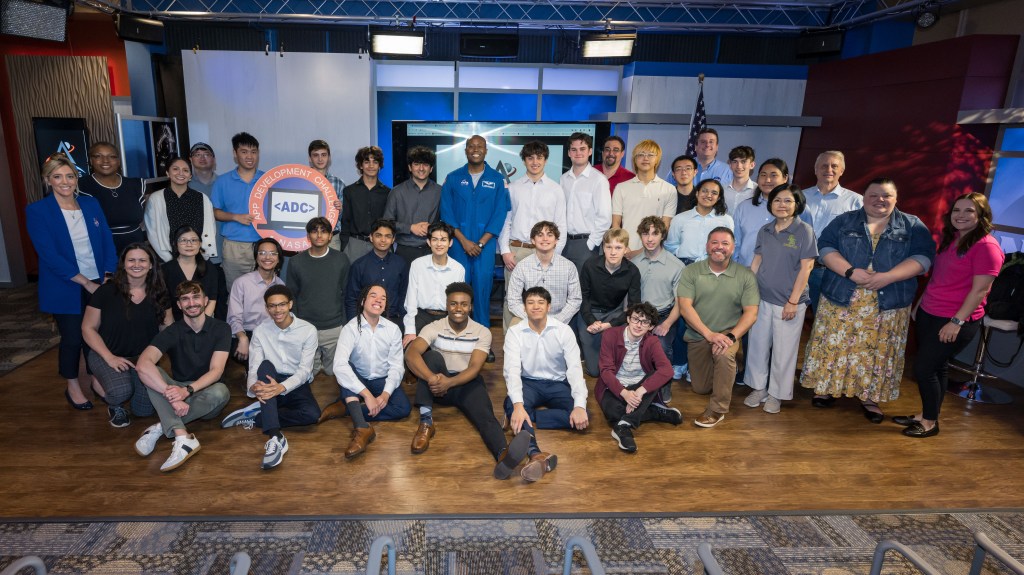
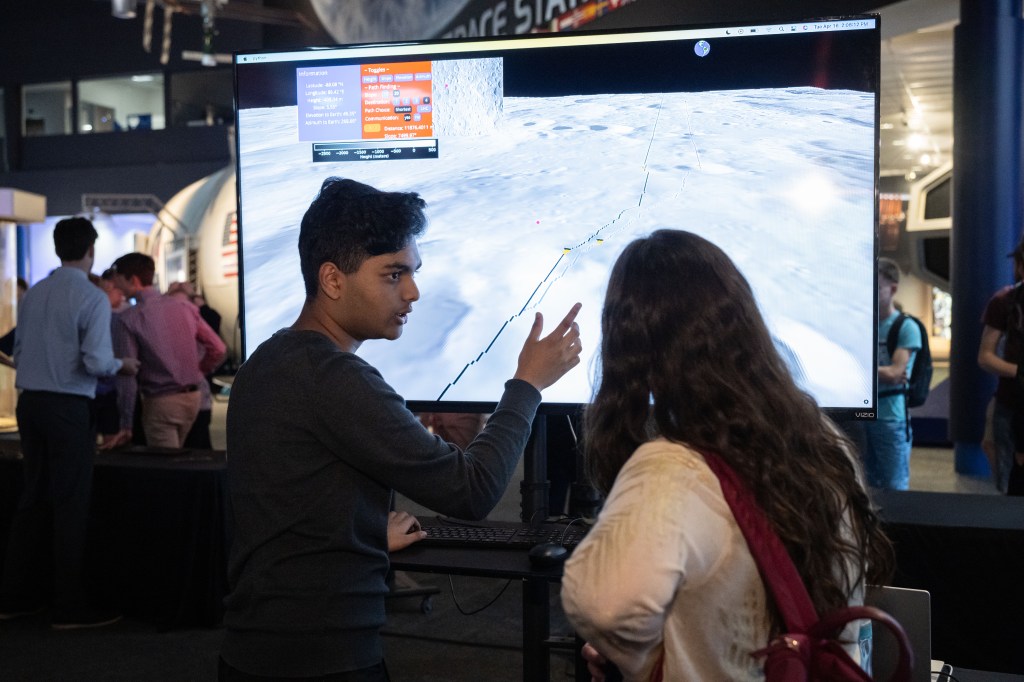
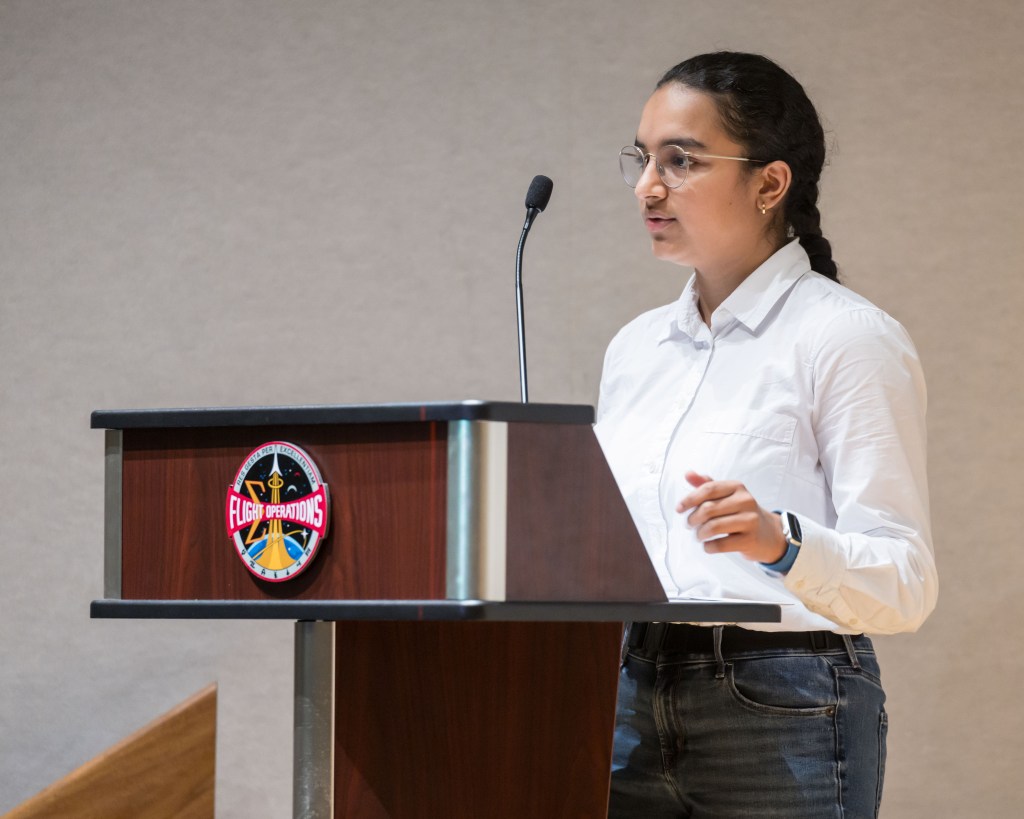
App Development Challenge
The ADC is a coding challenge in which NASA presents technical problems to high school and community college students seeking student contributions to deep space exploration missions. By responding to the ADC, students take a part directly in the Artemis Generation endeavors to land the next American astronauts on the Moon. Utilizing what we learn on and around the Moon to take the giant leap: sending the first astronauts to Mars.
The 2026 challenge guide will be available and registration will begin on Aug. 13, 2025. The challenge begins on Oct. 1, 2025, and concludes with video submissions on Dec. 10, 2025.
Event Dates
April 13-16, 2026
Event Location
Johnson Space Center
eligibility
Open to U.S. Students
grade levels
High School and Community College
NOTE: This archived content may contain outdated information or references that may not reflect current policy or programs.
ADC Handbook and Coding Components
The ADC Handbook will provide all the details for the challenge and how to get started. The 2026 challenge guide will be available and registration will begin on Aug. 13, 2025. The challenge begins on Oct. 1, 2025, and concludes with video submissions on Dec. 10, 2025.

Classroom Coding Challenges
The following individual coding challenges can be completed in one to two classroom days. To complete these activities, students will need access to a block code platform. In these challenges, Code.org’s “App Lab” is used as an example, however, any block code platform can be utilized.
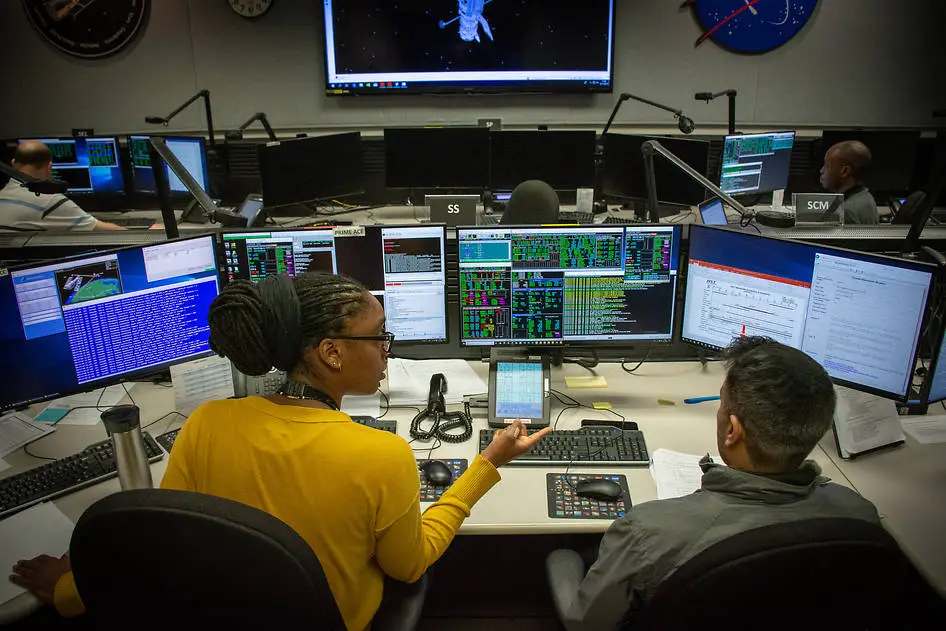
Top Teams Announcement Videos
Related Resources
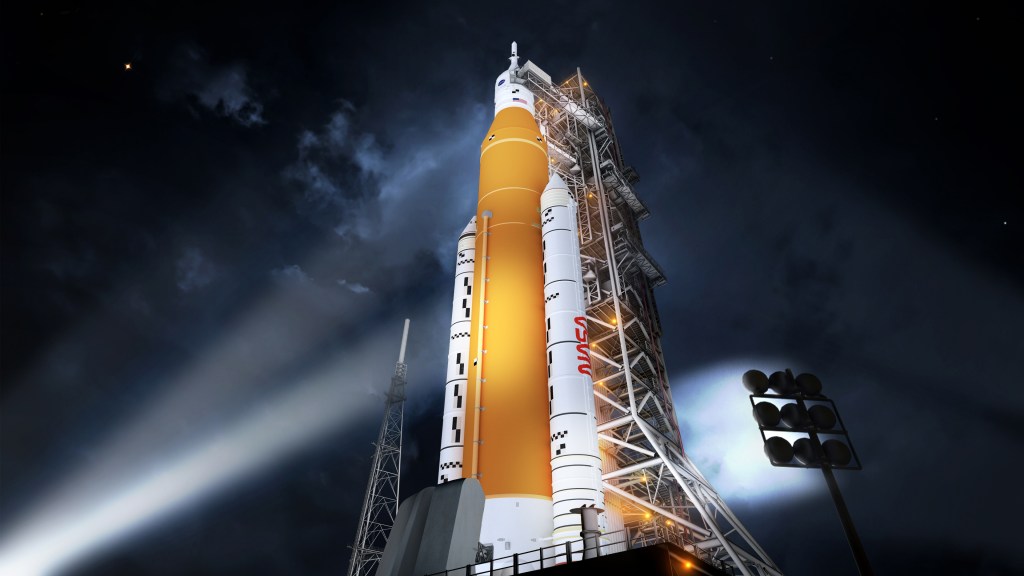
Propulsion With the Space Launch System
Four standards-aligned activities help students learn about rocketry and NASA's Space Launch System (SLS) rocket.
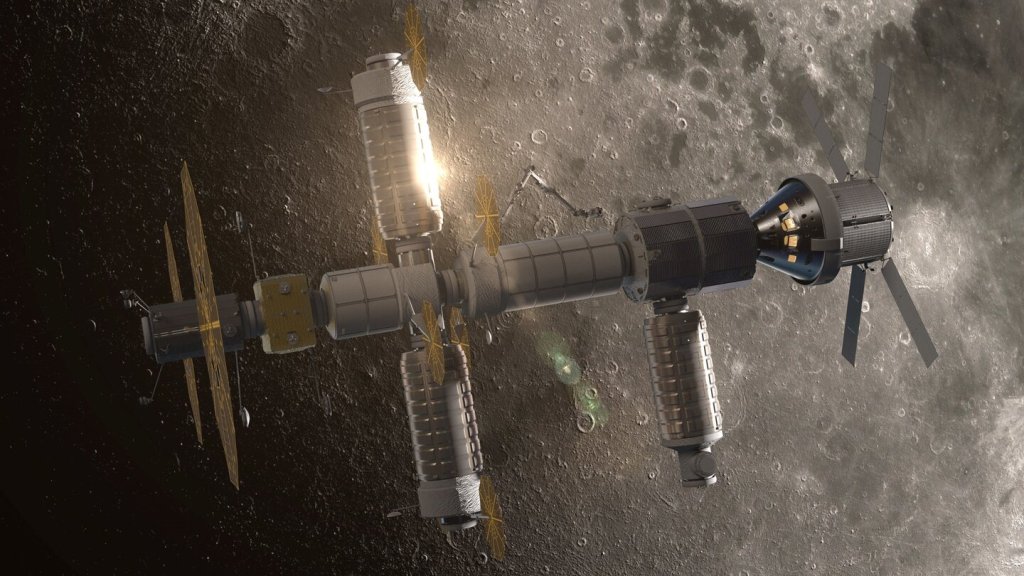
Habitation With Gateway
Four standards-aligned activities help students learn about NASA's future lunar habitat, the Gateway.
Join Artemis!
Authentic, hands-on learning experiences give students in middle school all the way through graduate school a chance to flex their design and engineering skills as they build and launch high-powered rockets, design robots capable of mining the Moon’s surface or traversing difficult lunar terrain, create human-powered rovers, and test technologies and tools to assist future astronauts working on the Moon.
Learn More about Join Artemis!
Contact Us
If you have any questions or would like more information about the App Development Challenge, please send us an email. We’d love to hear from you!






























